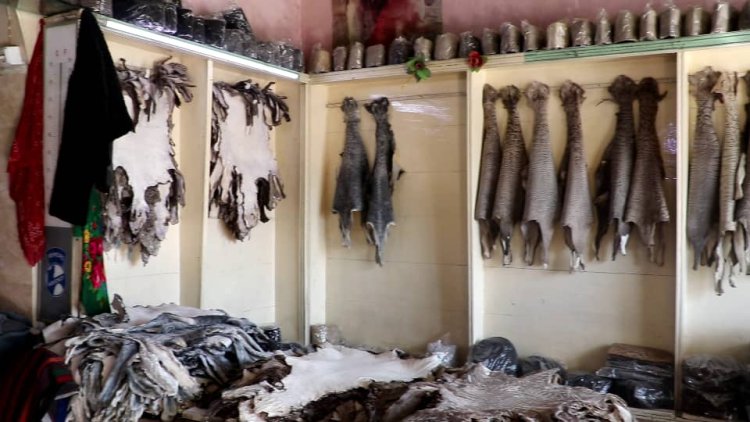The Karakul Industry in Afghanistan Is on the Verge of Disappearance

The Karakul hat-making industry in Afghanistan, once a symbol of identity and cultural pride, is now facing a serious threat of extinction. Producers of these traditional hats say that while the industry once flourished, around 90 percent of craftsmen have lost their businesses in recent years.
Mohammad Salim, 58, one of the oldest Karakul hat makers in Kabul, recalls a time when hundreds of shops in the capital sold only these hats, but now only a few remain. “In the past, people wore Karakul hats not only to preserve their cultural identity but also as a gift of respect,” he says. “Today, hardly anyone pays attention to them — yet I still try to keep this craft alive.”
One of the main reasons for the decline in demand, according to cultural observers, is the shift in youth tastes and the growing influence of modern fashion, which has led to less appreciation for traditional culture. Cultural activist Shah Agha Tayeb explains: “In recent years, cultural invasion and the influence of foreign lifestyles have made the younger generation unaware of their heritage. This hasn’t only reduced sales, but it’s also paving the way for traditional arts to fade away.”
In addition, economic hardship and a shrinking customer base have played a major role in the industry’s decline. “In the past, Karakul hats were popular not only in Afghanistan but across Central Asia,” says Mohammad Salim. “Now the domestic market has shrunk, and exports have become limited due to political and economic challenges.”
Historically, the production and wearing of Karakul hats in Afghanistan date back to the reign of Amir Habibullah Khan. These hats were not only part of daily life but were also worn at official events and weddings. The Karakul fur, obtained from the pelts of newborn lambs, is highly valued, with Afghan traders paying between five and ten dollars per skin. Once a significant source of national income, this craft now faces extinction due to neglect and unfavorable conditions.
Cultural activists warn that if the younger generation continues to disregard its cultural roots and traditional industries remain unsupported, Afghanistan’s cultural heritage — of which the Karakul hat is a defining symbol — may disappear forever.
